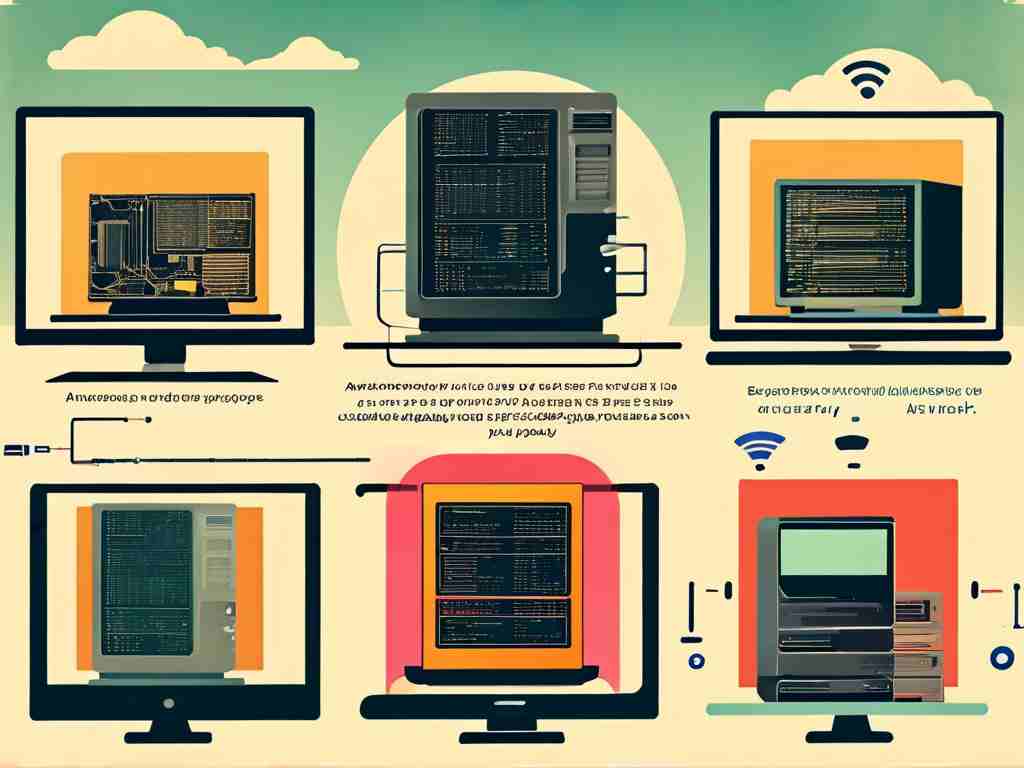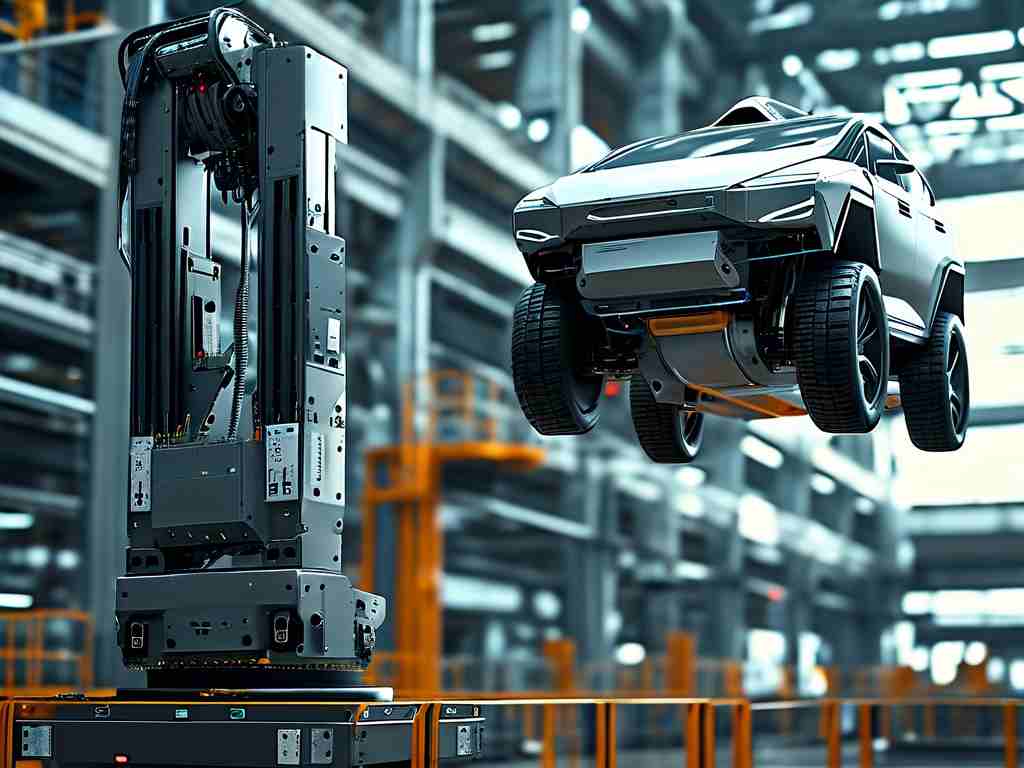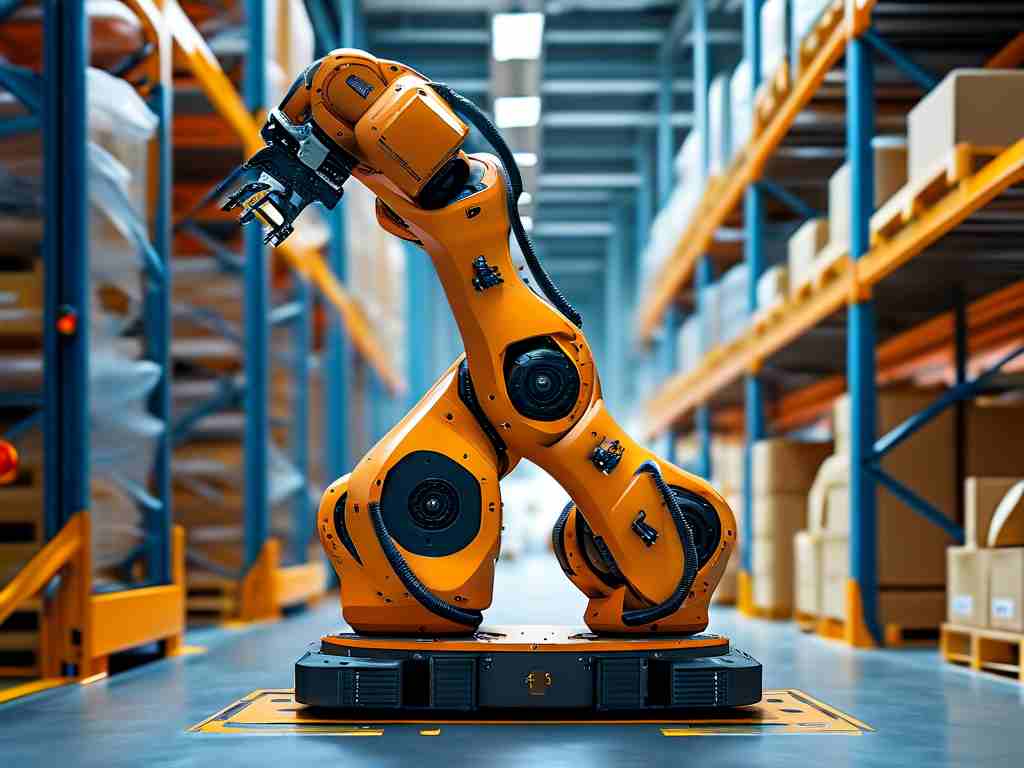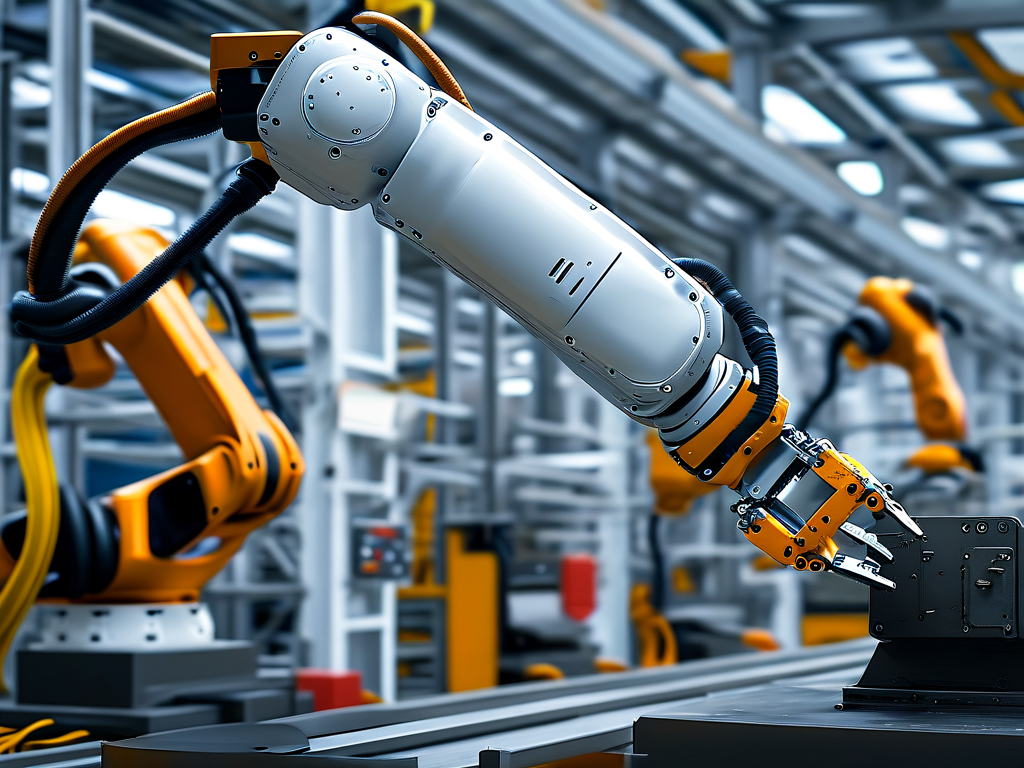The journey of automated deployment represents a transformative shift in how software reaches end-users, evolving from labor-intensive manual methods to sophisticated, self-driving systems. This history isn't just a technical timeline; it reflects broader changes in IT efficiency, reliability, and innovation. In the early days, before the 1990s, deployments were entirely manual. System administrators would physically install software on servers, often spending hours or days on repetitive tasks. This era was fraught with human errors—misconfigurations led to downtime, security breaches, and wasted resources. Companies like early IBM or Microsoft relied on teams of experts to handle deployments, which slowed down releases and stifled agility. For instance, a single update for a banking application might require overnight work, risking business disruptions. The inefficiency sparked the first wave of automation in the late 1990s, as scripting languages like Bash or Perl emerged. Administrators began writing custom scripts to automate routine steps, such as copying files or restarting services. A simple script example:

#!/bin/bash
scp application.tar.gz user@server:/path/to/deploy/
ssh user@server "tar -xzf /path/to/deploy/application.tar.gz && systemctl restart app-service"This reduced errors and saved time, but scripts were fragile—hard to maintain across different environments and prone to failures if servers changed. The 2000s saw a leap with configuration management tools. Innovations like Puppet, Chef, and later Ansible introduced declarative approaches. Instead of scripting every step, admins defined desired states (e.g., "ensure Apache is installed"), and tools handled the rest. This era emphasized consistency and scalability, enabling firms to deploy across hundreds of servers simultaneously. For example, a retail company could roll out holiday updates globally in minutes, not days, boosting revenue. However, challenges persisted, such as dependency issues and slow feedback loops. The real game-changer arrived in the 2010s with continuous integration and continuous deployment (CI/CD). Tools like Jenkins, Travis CI, and GitLab CI automated the entire pipeline—from code commit to production. Developers integrated tests and deployments into their workflows, enabling frequent, reliable releases. A CI/CD pipeline might trigger on every Git push, running unit tests, building artifacts, and deploying to staging automatically. This shift supported the rise of DevOps culture, where development and operations teams collaborated seamlessly, reducing time-to-market from weeks to hours. Companies like Netflix or Amazon pioneered this, achieving zero-downtime deployments that handled millions of users. Recent years have accelerated with cloud-native technologies. Containerization via Docker and orchestration with Kubernetes abstracted infrastructure complexities. Deployments became portable across clouds (e.g., AWS, Azure), with auto-scaling and self-healing capabilities. Serverless architectures further minimized manual intervention, allowing functions to deploy on-demand. For instance, a startup today can spin up a full deployment in seconds using Kubernetes manifests, scaling based on traffic without human oversight. Throughout this history, key drivers include cost reduction—automation cuts labor expenses by up to 70%—and enhanced quality, with error rates dropping from 30% in manual days to under 5% now. Looking ahead, AI and machine learning are poised to refine deployments further, predicting failures or optimizing resources. Yet, challenges remain, like security in automated pipelines or skill gaps. Ultimately, this evolution underscores a broader trend: automation isn't just about tools; it empowers innovation, letting teams focus on creativity rather than chores, and shaping a future where deployments are invisible, instantaneous enablers of progress.









